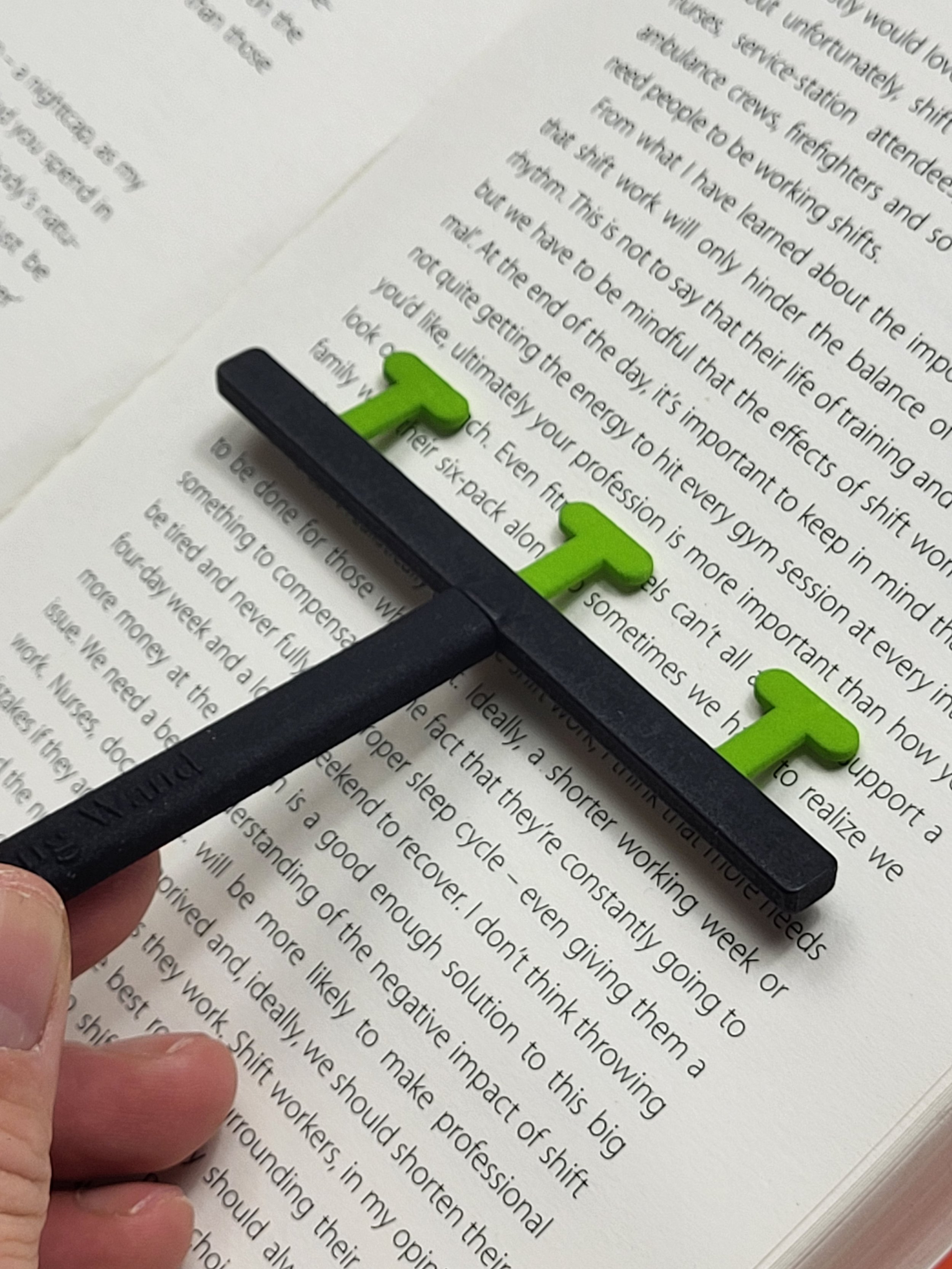Stage 2: Immerse - Step Ten: Enhancing Memory with the RIRT Technique
Imagine reading a book and not just enjoying the moment, but retaining the essence of the story, the characters' emotions, and the author's message long after you turn the final page. Stage 2: Immerse of RIRT, powered by the innovative Peripheral Wand, unlocks this potential with Step Ten: Memory. Let's explore why solidifying your reading experience is crucial for lifelong learning and a deeper connection with the written word.
Traditional reading often leaves behind fragmented memories, fading emotions, and a hazy recollection of the overall story. It's like visiting a beautiful museum, but forgetting most of the exhibits by the time you leave.
The Peripheral Wand offers a different approach. It guides you towards memory enhancement, actively engaging your mind to connect experiences, emotions, and sensory information with the text. Think of it like taking detailed notes with pictures and emotions, not just dry facts, ensuring the memories stay vibrant and meaningful long after you finish reading.
Why is this important? Here are the key benefits:
Rich Memory Formation: The Wand's training helps you encode information not just through words, but also through sensory experiences and emotional connections. This multi-dimensional approach leads to richer and more vivid memories that are easier to recall and retain.
Spatial Organisation and Representation: The Wand's technique encourages you to visualise characters, places, and events in a spatial context. This spatial organisation strengthens memory by creating mental maps and frameworks for storing information.
Relationship Between Elements: RIRT's approach helps you connect different parts of the text, understanding how characters, events, and themes relate to each other. This relationship-based memory allows you to recall details more accurately and see the bigger picture.
Personalisation for Better Memory: The Wand's training is adaptable to individual learning styles. You can personalise your memory journey by associating information with personal experiences, making it more meaningful and easier to remember.
Vivid Imagery and Sensory Details: By engaging your senses, the Wand helps you store vivid imagery and sensory details of the text. This multisensory memory enhances recall and makes the reading experience more memorable and impactful.
Emotional Connection Leads to Lasting Memory: When you connect with characters and their emotions, the story becomes more personal and engaging. This emotional connection strengthens memory and makes the reading experience more meaningful and memorable.
Step Ten of RIRT's Immerse stage is not just about remembering information; it's about remembering the experience. By unlocking the power of memory, you unlock a world of lasting knowledge, deeper connections with stories, and a love for reading that transcends the fleeting moment. This sets the stage for lifelong learning and a journey of self-discovery, fueled by the power of the written word and the memories it creates.
Exploring the Elements of Memory Enhancement:
Effective memory retention transforms reading from a transient to a lasting experience, embedding knowledge deeply within our cognitive framework. The Peripheral Wand facilitates this through several key strategies:
Connecting Experience with Information:
Purpose: Leverages personal experiences and sensory imagery to enhance the connection with the text.
Benefit: Makes the reading material more relatable and memorable by linking it to the reader's own life and senses.
Building Emotional Connections:
Purpose: Engages the reader’s emotions to deepen the impact and retention of the text.
Benefit: Emotional engagement significantly boosts memory retention, making content more memorable.
Spatial Organisation and Representation:
Purpose: Utilises concepts of space and layout to help structure information in the mind.
Benefit: Enhances the ability to recall information by organising it in a mentally visualisable manner.
Aiding Overall Memory:
Purpose: Supports the development and strengthening of memory through targeted reading strategies.
Benefit: Improves long-term retention and recall, essential for learning and application of new knowledge.
Storing Vivid Imagery:
Purpose: Encourages the creation of detailed, vivid mental images from the reading material.
Benefit: Vivid imagery is more likely to be remembered, enhancing the storage of information.
Enhancing Sensory Engagement:
Purpose: Involves multiple senses in the reading process for a fuller sensory experience.
Benefit: Engaging multiple senses helps anchor memories more firmly, facilitating better recall.
Understanding Spatial Organisation:
Purpose: Applies principles of physical organisation to the mental structuring of information.
Benefit: Helps in remembering and retrieving information by placing it within a mental 'map.'
Interconnecting Different Elements:
Purpose: Encourages seeing connections between various concepts, ideas, and facts presented in the text.
Benefit: Enhances comprehension and memory by understanding the relationships between different pieces of information.
Personalising Text Interaction:
Purpose: Tailors the reading experience to align with individual interests and experiences.
Benefit: Personal relevance boosts memory retention, making the information more memorable and meaningful.
The Importance of Step Ten in the RIRT Technique:
Memory is not just a byproduct of reading; it's a critical component of effective learning and comprehension. The Peripheral Wand is instrumental in this process, serving as a catalyst for transforming reading into a memorable and enriching experience. By focusing on memory, readers can ensure that the knowledge gained through reading is retained and available for future application.






